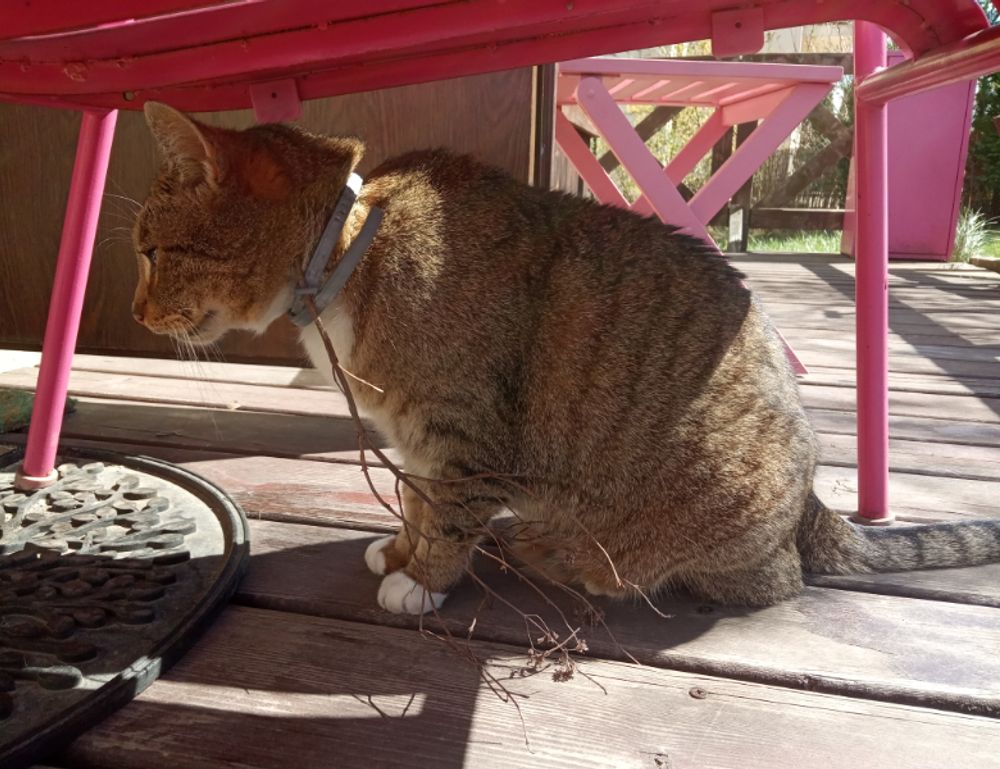What Exactly Are gaming vivid2201 patches?
Think of them as gamechanging updates—literally. Gaming vivid2201 patches are incremental software updates released for specific games or platforms. They usually include bug fixes, new features, performance improvements, and sometimes new content. Unlike full game overhauls, these patches are designed to be quick and effective, often based directly on player feedback.
When a game starts lagging, crashing, or showing visual glitches, patches like these target those pain points. They’re like popup maintenance crews, stepping in with codelevel improvements so your gameplay experience doesn’t get derailed midboss fight or during crucial PvP matches.
Why These Patches Matter More Than You Think
Most gamers hit “update” without a second thought. Here’s why you should care more about these patches:
Performance Boosts: Better FPS, faster load times, smoother UI. Stability Fixes: Fewer crashes and freezes, especially on modheavy systems. Meta Adjustments: Developers tweak skills, weapons, and items based on realtime gameplay data. Quality of Life Updates: Enhanced UI, better controls, or improved matchmaking algorithms.
You’re not just downloading a patch—you’re upgrading your entire gameplay experience.
Who’s Behind gaming vivid2201 patches?
Not all patches are made equal. Some come directly from game developers, pushed through clients like Steam, PSN, Xbox Live, or Epic. Others are communitydriven, made by developers who comb through Reddit threads, bug reports, and Discord servers for suggestions.
The “vivid2201” moniker hints at specificity. It might be a version identifier used by developers, denoting patch versions or internal dev branches. Whatever its origin, these patches have a rep for being solid, highperforming, and lowdrama.
RealWorld Improvements: Case Examples
In the latest major FPS title, a midseason update labeled “gaming vivid2201 patch” helped solve a longrunning ping spike issue by streamlining how player data was cached. Players saw ping drop by 1015ms across regions.
In a popular openworld RPG, this same patch sequence improved shadow rendering and eliminated a bug that caused significant frame drops in forest environments. Streamers noted the difference immediately.
In multiplayer titles with evolving weapon metas, vivid2201 series patches frequently rebalance overpowered guns based on community data, keeping matches fair and skillbased.
How to Stay on Top of These Patches
Don’t be the last to update. Here’s how to stay in the loop:
Enable AutoUpdate: It’s the lazy and efficient way. Follow Official Forums: Developers usually drop patch notes here first. Dive Into Communities: Reddit, Discord, or even Twitter hashtags can give you early insight into patch performance. Check Compatibility: Especially if you mod your games—some patches can break unsupported mods.
Are There Downsides?
Nothing’s perfect. Sometimes a patch breaks more than it fixes. A few things to look out for:
Incompatibility with Mods: Some patches can break mod support unless the mods themselves are updated. Server Instability PostUpdate: Multiplayer games may have server hiccups in the first few hours after patch deployment. Loss of Old Save States: Rare, but it happens in games with complex inventories or branching narratives.
Always back up your saves and check patch notes before diving in, especially if you’re kneedeep in a long campaign.
The Verdict: Upgrade Wisely
Patches like these aren’t just routine maintenance—they’re strategic upgrades. In a world where competitive gaming leaves no room for lag or broken mechanics, ignoring them can set you back.
If you’re serious about getting the most out of your gaming sessions, gaming vivid2201 patches are worth your attention. Whether you play casually or grind leaderboards, these updates are your silent allies—working in the background so your focus stays on the kill streak, the quest, or the next checkpoint.
Stay updated. Stay ahead.
